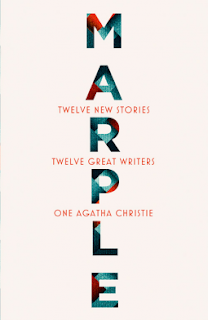Synopsis: Marriage for Medieval kings was about politics, power and the provision of legitimate heirs. Mistresses were about love, lust and possession. It was a world that included kidnap, poison, murder, violation, public shaming and accusations of witchcraft. Ambition and quick wits as well as beauty were essential attributes for any royal mistress. Infamy, assassination and imprisonment awaited some royal mistresses who tumbled from favour whilst others disappeared into obscurity or respectable lives as married women and were quickly forgotten.
Meet Nest of Wales, born in turbulent times, whose abduction started a war; Alice Perrers and Jane Shore labelled ‘whores’ and ‘wantons’; Katherine Swynford who turned the medieval world upside down with a royal happy-ever-after and Rosamund Clifford who left history and stepped into legend.
Discover how serial royal womanisers married off their discarded mistresses to bind their allies close. Explore the semi-official roles of some mistresses; the illegitimate children who became kings; secret marriage ceremonies; Edith Forne Sigulfson and Lady Eleanor Talbot who sought atonement through religion as well as the aristocratic women who became the victims of royal lust.
Most of the shameful women who shared the beds of medieval kings were silenced, besmirched or consigned to the footnotes of a patriarchal worldview but they negotiated paths between the private and public spheres of medieval court life - changing history as they went.
My views on this book are conflicting. On the one hand, kudos for seeking out some of the lesser known historical women and providing something despite there being very little to go on in some instances. But on the other hand, this really has provided nothing that a good google search could not turn up. On the one hand, there is an interesting selection of mistresses; yet on the other, they are tried and true selections with a number of inclusions I found myself questioning as to their inclusion at all.
I found the subtitle not only deceiving and infuriating but rather trite - "Mischievous Women who Slept with Kings and Princes" . Where were these vamps and ingenues, these Mata Haris who plied their wares before all manner of royalty, these saucy and salacious bawds who managed to seduce and satiate royal carnal desires all for gain. Cue Sid James and the Carry-On gang - disappointingly no. If the focus was to bring these women to the fore, calling them "shameful" from the very outset does nothing to further that aim.
Beginning in the late 10th century with Canute and finishing off with the last Plantagenet King Edward IV, we are treated to not only a history lesson but also a rather dry series of biographies. Hickey repeats all the usual rumours, innuendos and scandals, providing very little by way of anything new. The selections are narrowly focused on and in the British Isles - the side trip to France seemed out of place. As I mentioned before, there were a number of inclusions that really should not have been there at all as there were no sufficient proofs, and then there were the generalisations where names were unknown.
What I was looking for and yet found lacking was any real exploration of the role of the royal mistress. Many of these women had no choice in this - women were chattels - property of first their fathers then husbands, and ultimately of their direct lord; very few were able to assert the independence of thought and action that many of us can do today. It is a shame that through a lack of any detailed accounts of many, their lives are seen only as a mere footnote in the pages of the lives of the men with whom they were associated.
This tome is not overly long, however, the material contained therein was not sufficient to keep me fully engaged. Being extremely well read on much of the content already, I was looking for that little something more - that new take, some new theory or thoughts, even some small snippet of of the promise of something new. The phrase quality not quantity comes to mind in this instance - we know you have done your due diligence, but there is no need to cram it all into one space as it shows that you really don't know what to do with it all.
I am sure that there is a market for this and there will be many who will enjoy this immensely, unfortunately, I am not to be one of them.





